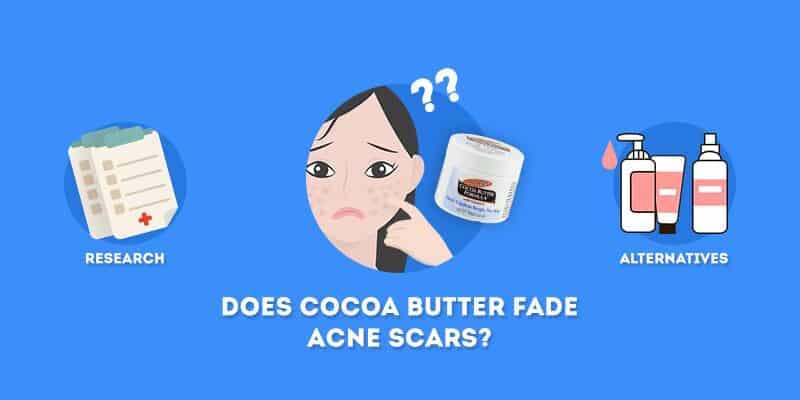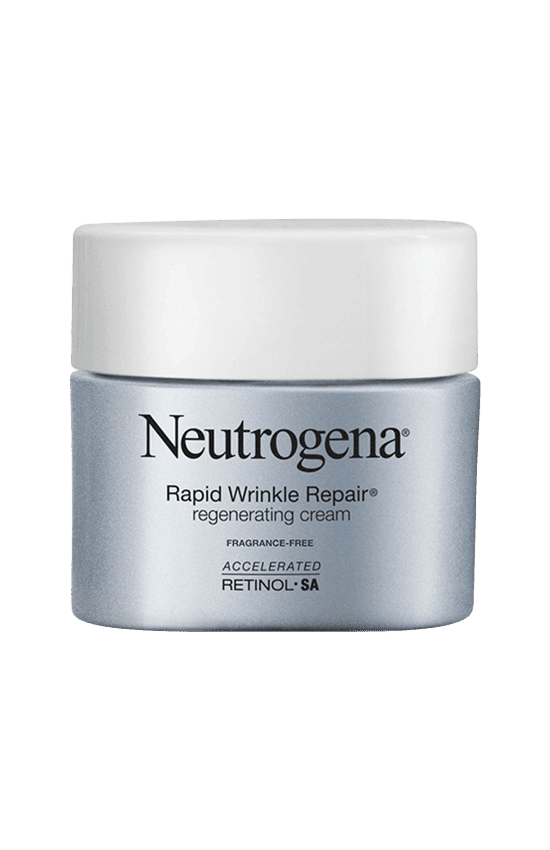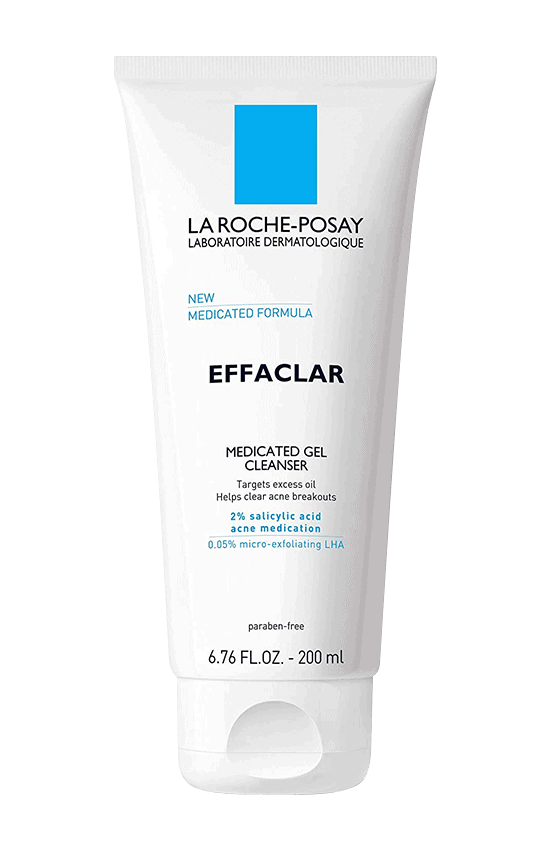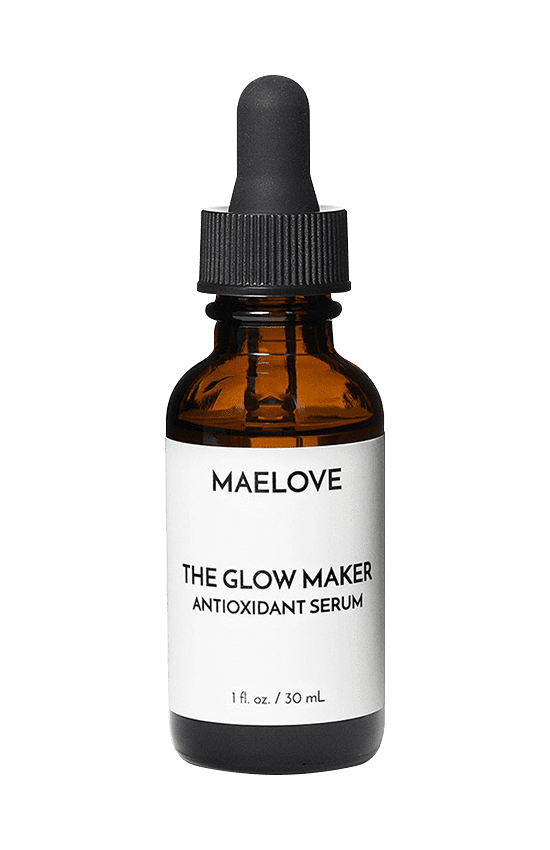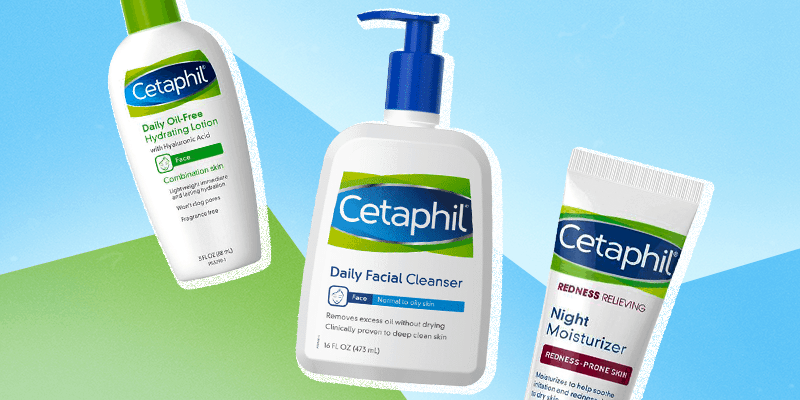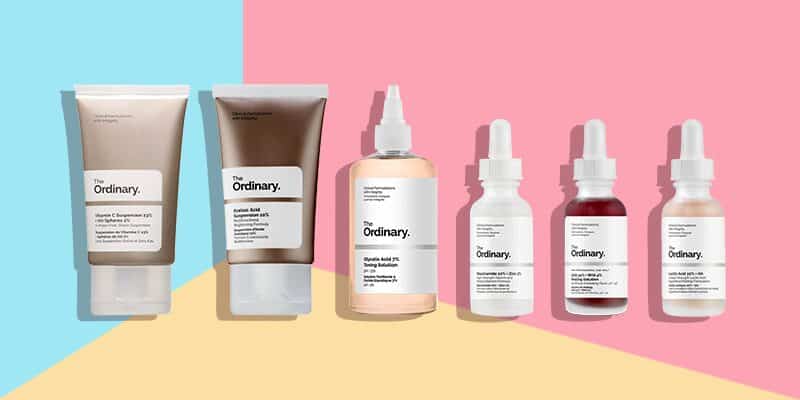There is a lot of conflicting evidence out there about cocoa butter and its purported uses and effectiveness. Before you start slathering this rich balm on your skin, it is important that you understand the limitations of its uses. Read on for more information about how to make cocoa butter work for you and your skin care routine.
What Is Cocoa Butter?
Derived from the cacao plant, cocoa butter is the fat that is stripped from the cocoa bean. Although the use of cocoa has been around for thousands of years, it has been more recently that research has demonstrated that the phytochemicals in cocoa can provide benefits to the skin. Because cocoa butter is so high in fatty acids, it has the ability to hydrate and nourish skin of all types. The fat content in the butter locks in moisture on the surface of the skin as it forms a protective barrier. Many people also use cocoa butter to treat skin conditions such as eczema and dermatitis.
Does Cocoa Butter Work for Acne Scars?
Although many people want to tout cocoa butter as a miracle ingredient, research has shown that it is not effective in reducing the appearance of acne scars. Trials have demonstrated that cocoa butter does not provide better results than a placebo cream when used to treat acne scars and stretch marks.
What About Cocoa Butter for Facial Wrinkles?
Studies show that despite being recognized as a good choice as a moisturizer, cocoa butter does not reduce existing facial wrinkles. The inherent properties of cocoa butter also do not appear to be effective at preventing premature aging of the skin.
Proven Alternatives to Cocoa Butter for Acne Scars
1. Alpha Hydroxy Acids (AHAs)
As one of the most versatile and powerful skin care treatments available, AHAs are primarily used to speed up the natural exfoliation process of the outer layers of skin. Glycolic acid is the most common acid of the AHA family. Because they remove old skin cells, AHAs work to brighten the skin and reduce the appearance of skin imperfections such as scars. AHAs come in a variety of strengths, making them available both through a prescription or in over the counter products.
2. Hydroquinone
Hydroquinone is a powerhouse product when looking to lighten skin. The product works by blocking the skin's production of melanin. By reducing this production, the skin begins to lighten and scarring begins to fade away. Because of the lightening properties of this product, is a good choice for people wanting to treat post-inflammatory hyperpigmentation.
Hydroquinone is available in concentrations of one to two percent as an over the counter medication. Or patients can choose to obtain a stronger dosage of three to four percent with a prescription. Hydroquinone can be combined with complementary lightening ingredients for maximum results. Patients should exercise caution when using hydroquinone and only apply it to the problem areas so that other portions of the skin are not inadvertently lightened.
3. Topical Retinoids
This strong treatment is usually available only through prescription. These powerful topical treatments have the dual ability to clear up existing blemishes while also working to reduce the appearance of dark scars resulting from severe acne flareups. Retinoids are also often prescribed to treat areas of post-inflammatory hyperpigmentation. The active ingredients in the topical retinoids have been shown to speed up the natural fading process.
4. Azelaic Acid
This naturally-occurring acid is primarily used to treat post-inflammatory hyperpigmentation. Available only through prescription, azelaic acid encourages cells to reproduce more quickly while also reducing skin inflammation. Because of its limited scope of use, many dermatologists choose to prescribe this drug in conjunction with a more comprehensive treatment protocol. Azelaic acid is most commonly combined with topical retinoids or glycolic acid as part of an all-encompassing plan.
5. Chemical Peels
Chemical peels for acne scars are becoming very popular in the skincare world. These peels work by quickly exfoliating the skin and peeling away old skin cells. Most chemical peels use a solution of either beta or alpha hydroxy acids as the active ingredient. The intense exfoliation properties of these peels leave the skin brighter with fewer blemishes. These treatments have also been proven to be effective in lessening the appearance of existing scars. Most patients use peels in a series. Chemical peels can be customized to your personal needs with different levels of strength.
Are There Any Benefits to Using Cocoa Butter?
Cocoa butter boasts a few distinct benefits. The warm scent is appealing to many users, especially compared to its shea butter counterpart. The high fat content in cocoa butter also provides it with a luxurious feel on the skin. But while it smells good and is effective at providing moisturizing benefits, it is not a miracle product that many people claim it to be.
Risks of Using Cocoa Butter on Acne Scars
There is no clinical evidence that proves that cocoa butter will reduce the appearance of acne scars. In fact, the use of cocoa butter on acne-prone areas of the skin can actually cause more harm than good. Cocoa butter is mild to moderately comedogenic. This means that the product may clog pores and lead to more breakouts. The thickness of the product also makes it often difficult to completely remove from the skin. Because it can clog pores, its use can eventually lead to the possibility of acne, later causing acne scars.
FAQ:
Does cocoa butter lighten skin?
No, there are no ingredients in cocoa butter that have the ability to lighten skin. You are better off sticking with proven treatments if the lightening of your skin is your goal.
Does cocoa butter fight acne?
Although it can serve as a sufficient moisturizer, cocoa butter does not contain any properties that have proven to be effective in treating acne. Instead, it can make the problem worse.
